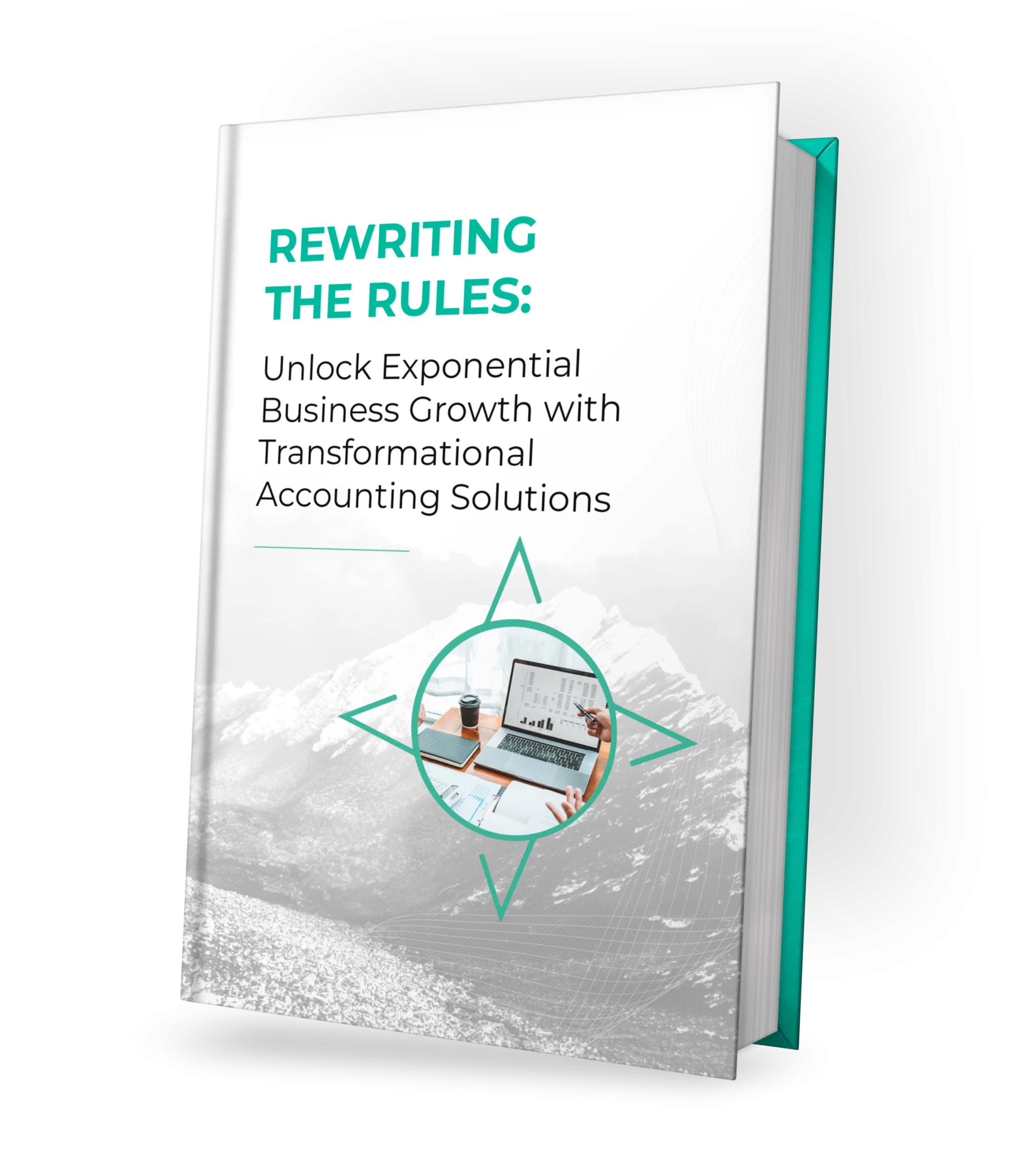How Financial Models Come to Life With Real-Time Data
Excel remains the most popular budgeting tool in the world. A 2018 survey shows that 63% of companies continue to build their financial models inside Excel. And for good reason: It’s a tool many people know and love with robust features for organizing financials. That being said, there’s one crucial thing missing from Excel: real-time data.
When budgets live inside Excel and the general ledger lives elsewhere, there’s no easy way to compare financial models to actual performance. Comparing the two requires a lengthy and laborious process that will always lag behind real time information. As a result, companies have an imperfect understanding of their financial health that can only compromise and delay decision making. The disconnect between Excel and the general ledger may be acceptable in the early days of a company. Then growth kicks in, accounting picks up, and the consequences of isolating financial models from everything else becomes clear. Every company confronts it eventually.
Popular as Excel may be, usage has been declining as companies adopt dedicated budgeting and planning tools. More companies are making the leap sooner. Ideally, before the pain points appear. As these dedicated tools become more and more accessible, savvy companies can give their financial models the benefit of real-time data to get a whole new perspective on accounting and finance.
Bridging the Gap Between Planning and Performance
When real-time data flows from the general ledger directly into financial models, accountants can compare the data side by side without having to move it manually. Obviously this saves lots of tedious work and some inevitable errors. But the bigger benefit is what accountants can do with the newfound time and insight.
Linking together financial forecasts with the entirety of the general ledger gives accountants visibility they didn’t have before. Instead of making assumptions or operating with incomplete or inaccurate conclusions, accountants can explore the reality of the financial situation in depth. Unforeseen issues become less likely. So do moments of uncertainty since accountants have all relevant information in one place.
If financial modeling was a static process in Excel, it becomes an active, always-evolving process once animated with real-time data. Accountants can update budgets as new opportunities and obstacles appear and feel confident in their decision to do so. They can also tweak their financial models quickly and flexibly, concentrating less on the work involved than the implications of the change. Real-time data factored into financial models even makes sophisticated forecasting possible that’s significantly more accurate than before, bringing the future into focus long before it arrives.
Transforming Financial Modeling Made Easy
Leaving behind a trusted tool like Excel comes with some trepidation. Plus, selecting and implementing a new budgeting tool involves a major effort. With so much at stake and so much to do, it helps to rely on experts who can navigate this process from experience. Proseer operates at the confluence of accounting and innovation. We can help you take advantage of budgeting tools that don’t just incorporate real-time data, they outclass what Excel can do in every way. Contact us to put the right solution in place.

